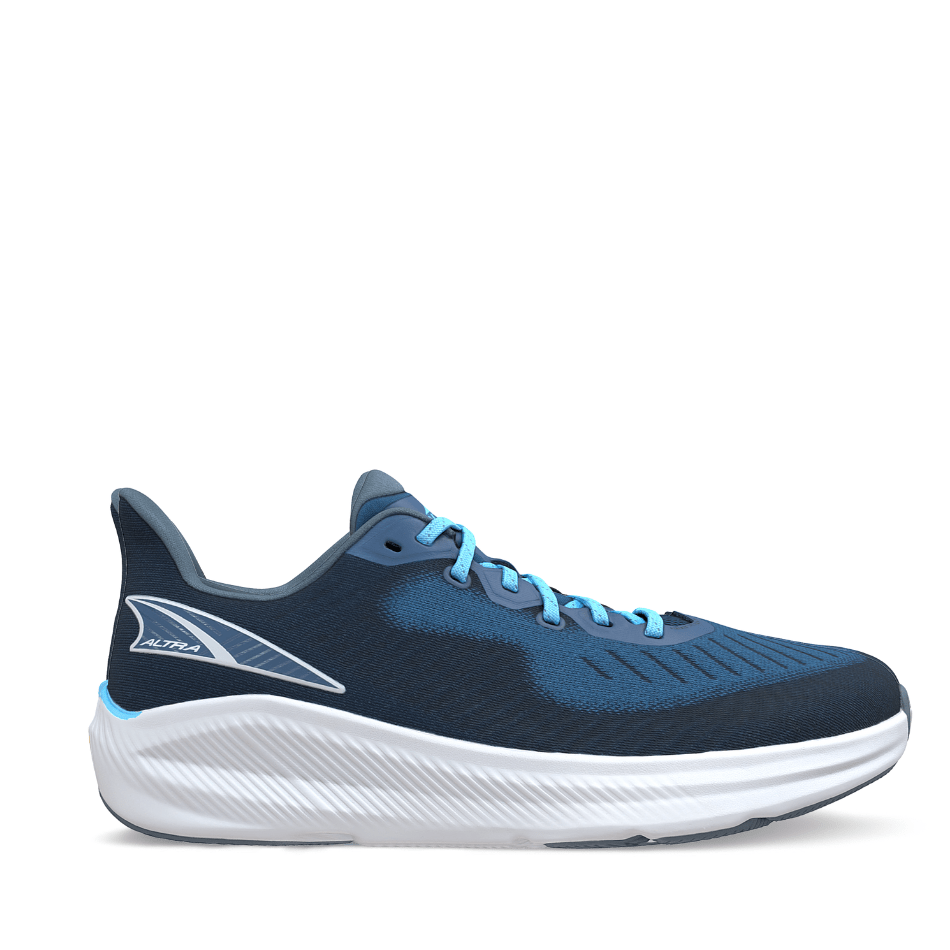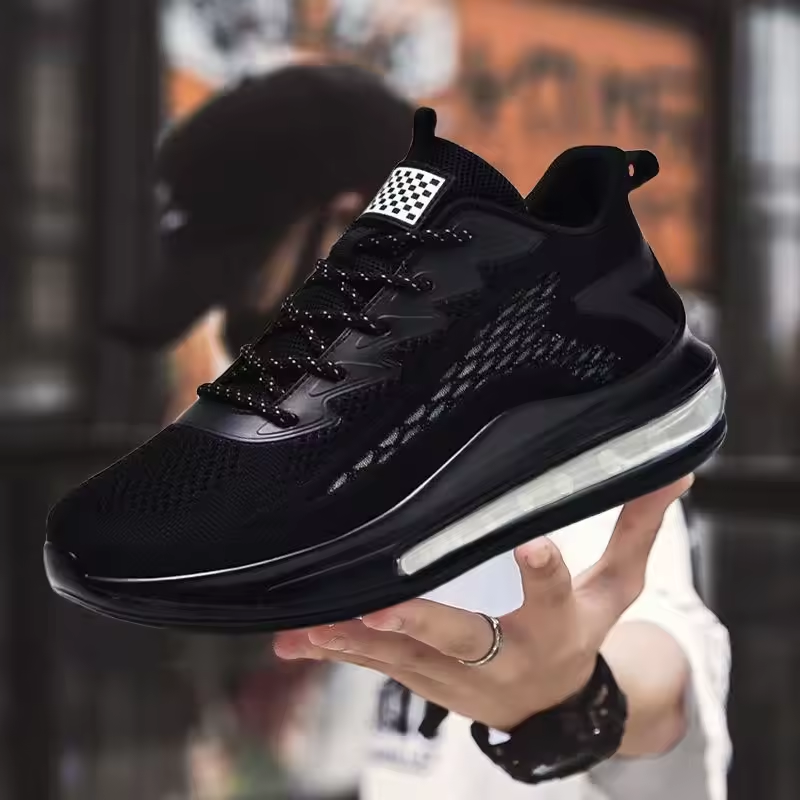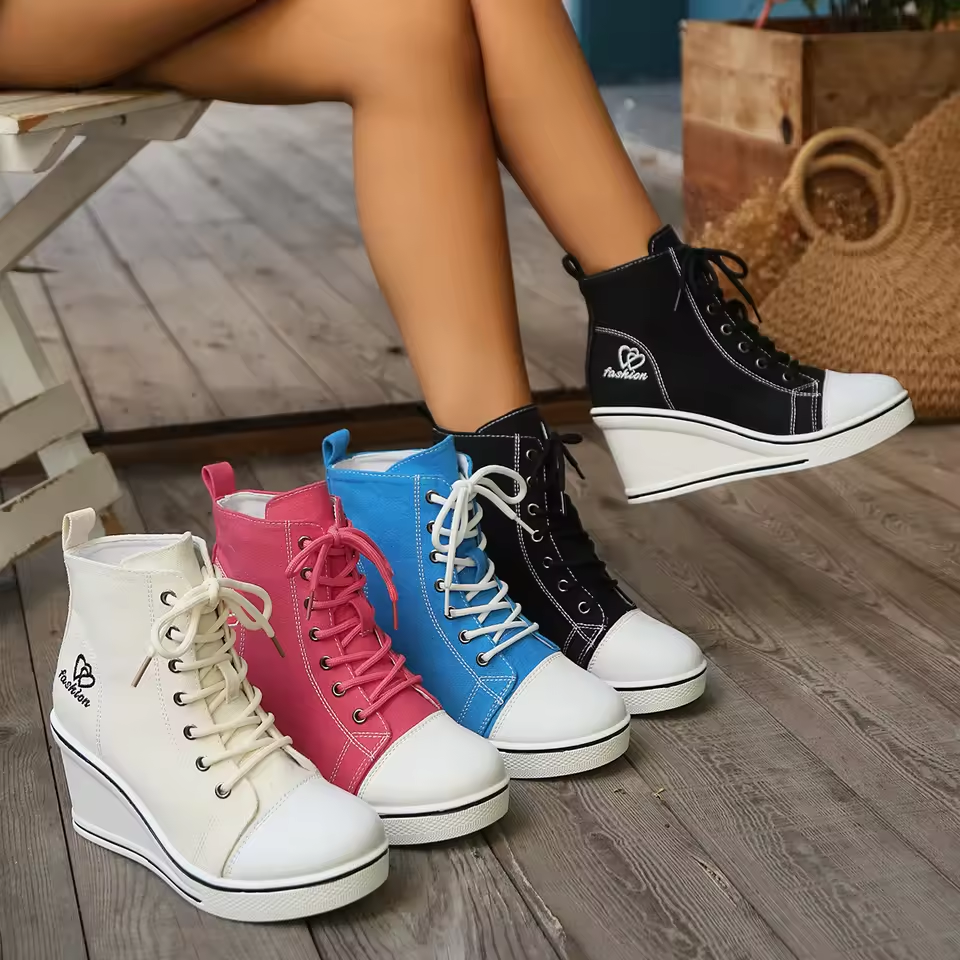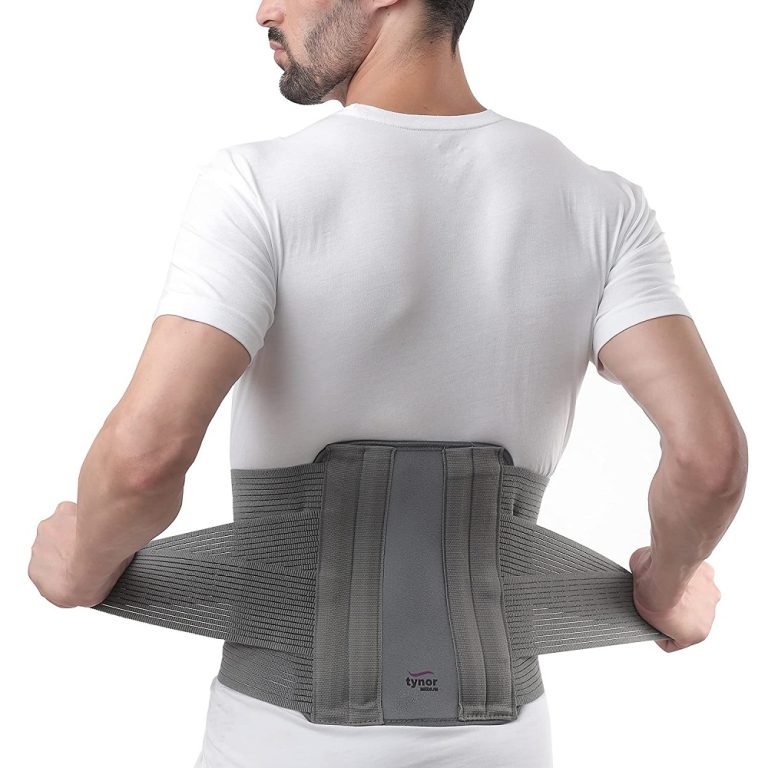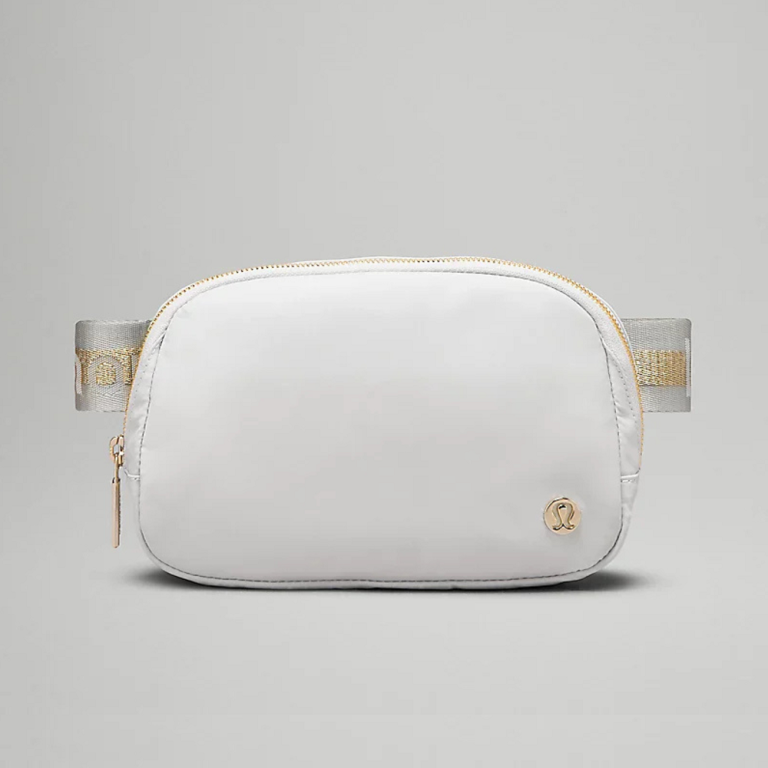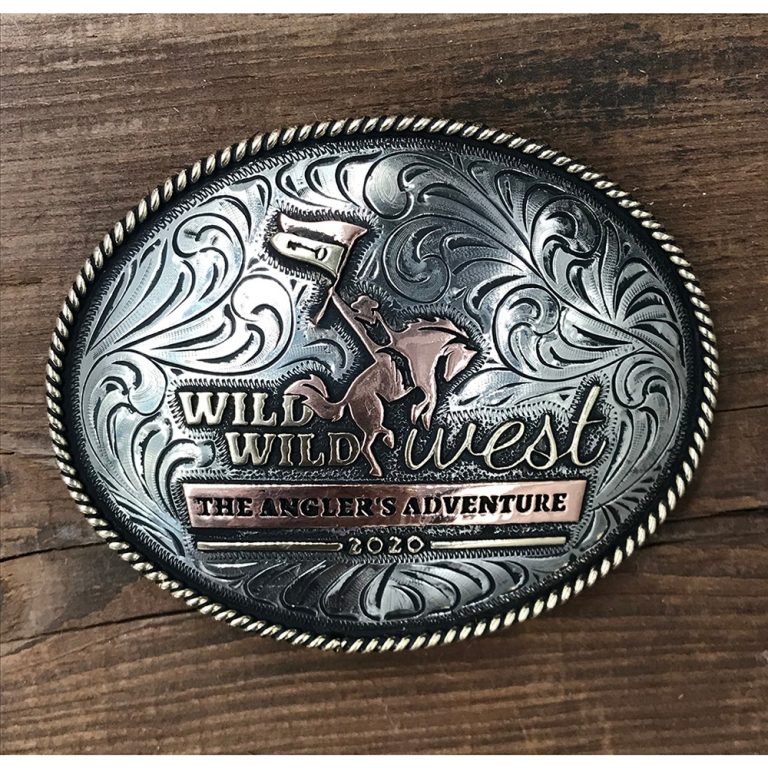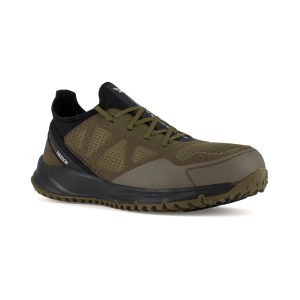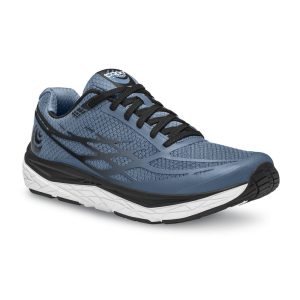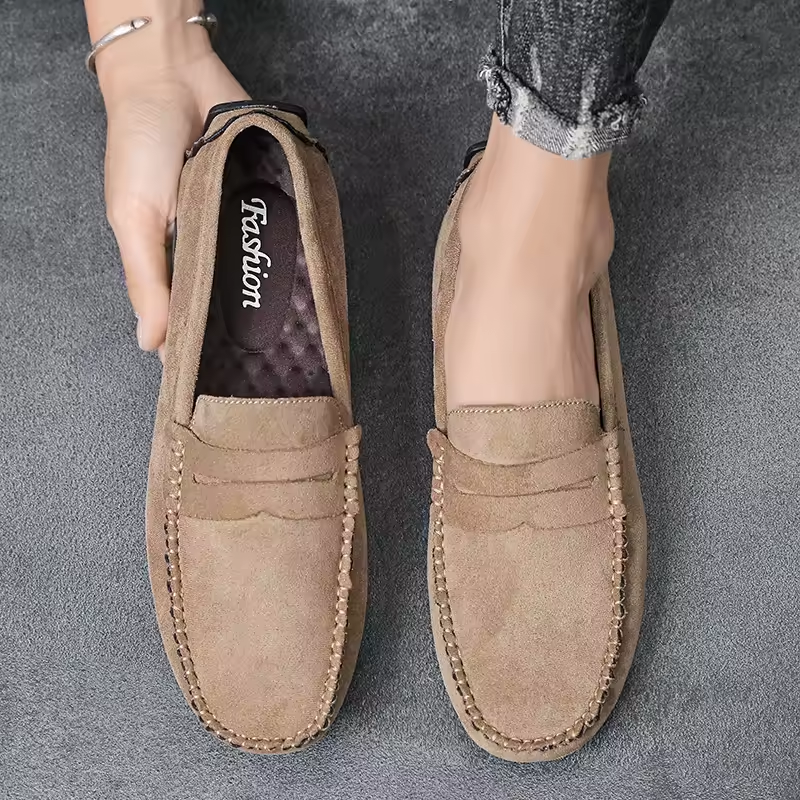Trail running is an exhilarating way to explore nature while getting a great workout. Unlike road running, trail running presents unique challenges, including uneven terrain, loose gravel, and unpredictable weather conditions. To tackle these obstacles effectively, choosing the right gear is crucial, especially investing in a good pair of running trail shoes. These specialized shoes are designed to provide the support, traction, and protection necessary for outdoor adventures. In this article, we will explore the features to look for in running trail shoes, popular models, and tips for choosing the right pair for your outdoor escapades.
Understanding Trail Running
The Appeal of Trail Running
Trail running has gained popularity in recent years as more people seek to enjoy the natural beauty of their surroundings while maintaining an active lifestyle. The appeal lies in the opportunity to escape urban environments and immerse oneself in nature. Running on trails often offers serene landscapes, fresh air, and a sense of adventure that can be lacking on paved surfaces.
Additionally, trail running can be less monotonous than road running. The variable terrain and scenic experiences create an engaging workout experience. Many runners enjoy the mix of physical challenges and mental stimulation that trail running provides. As participants navigate through forests, mountains, or along rivers, they can connect with nature in a unique way.
The Differences Between Trail Shoes and Road Shoes
Trail running shoes differ significantly from traditional road running shoes. While road shoes are designed for flat, even surfaces, trail shoes are equipped to handle rough terrain. The outsole of trail shoes generally features more aggressive treads for enhanced grip on slippery or uneven surfaces. This improved traction is essential for maintaining stability while running downhill or across rocky paths.
Moreover, trail shoes often provide more robust protection. They include reinforced toe caps and midsole cushioning that absorbs shocks from harsh impacts. While road shoes prioritize cushioning and lightweight construction, trail shoes focus on durability and stability. Understanding these differences is key when selecting the right footwear for your outdoor activities.
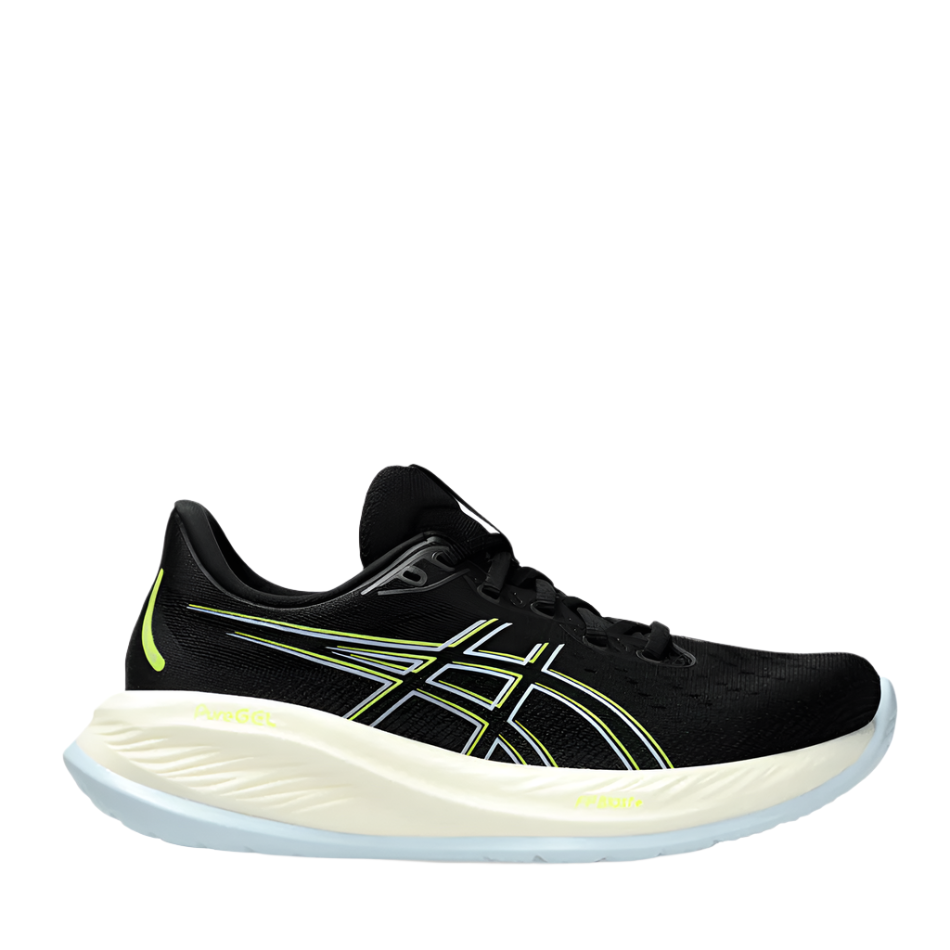
Key Features of Trail Running Shoes
Traction and Outsole Design
One of the most critical features of running trail shoes is the outsole design. Trail shoes typically feature deep lugs that help enhance grip on various surfaces, whether wet, muddy, or rocky. The type of traction you need may depend on the terrain you plan to run on.
Some shoes are designed specifically for soft, muddy trails, while others focus on hard-packed surfaces or rocky paths. Be sure to choose shoes that align with the conditions you will encounter. Studded or aggressive tread patterns can significantly improve your running experience by providing the traction necessary for safe navigation.
Cushioning and Support
Comfort is paramount when running on trails, especially over longer distances. Trail running shoes often provide dedicated cushioning to support your feet and absorb impacts during runs. Look for shoes with adequate midsole cushioning that balances comfort with responsiveness.
Additionally, arch support is a vital consideration. Proper arch support helps maintain proper alignment and reduces the risk of injuries. Each runner’s foot is unique, so exploring different shoe models can help identify those best suited to your specific foot structure.
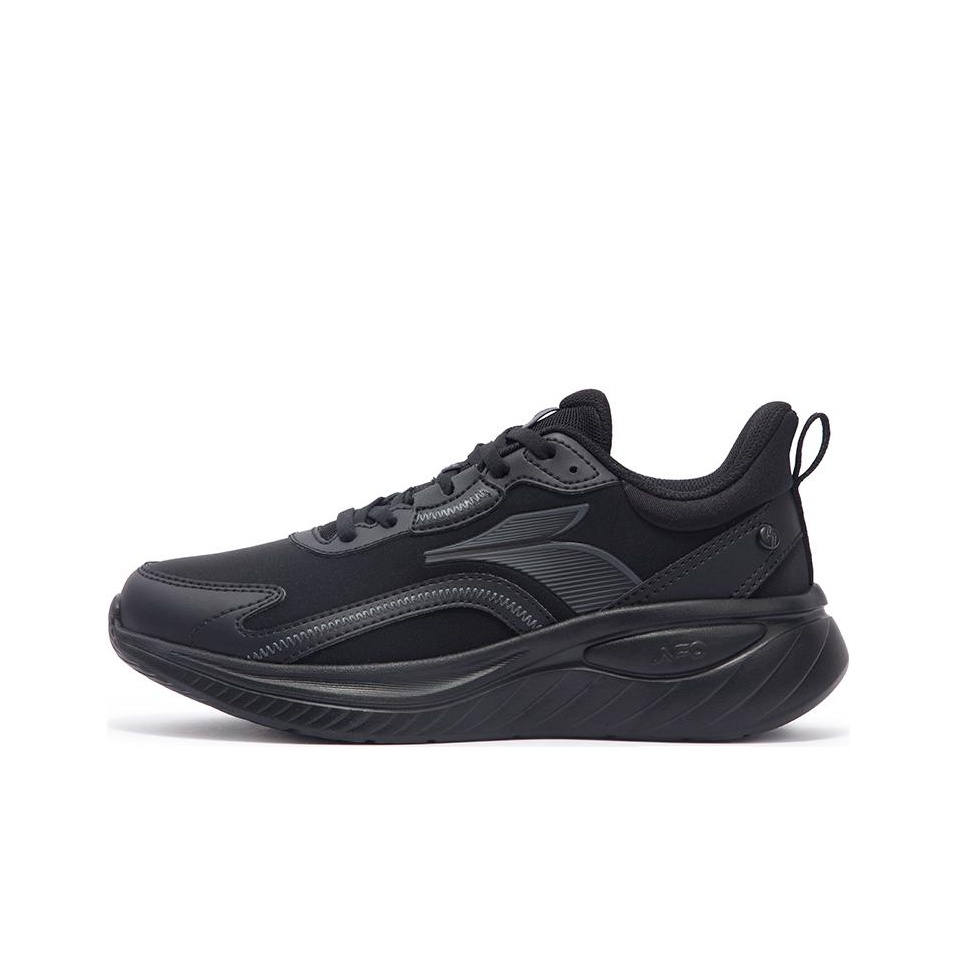
Popular Trail Running Shoe Models
Salomon Speedcross 5
The Salomon Speedcross 5 is a favorite among trail runners for its exceptional grip and traction. These shoes feature a unique Contagrip outsole that provides reliable stability on various terrains. The aggressive lugs offer excellent traction on soft ground, making them ideal for muddy trails and wet conditions.
The Speedcross 5 also provides excellent cushioning and support, ensuring comfort during long runs. With a snug fit around the midfoot, these shoes enhance stability without compromising flexibility. The rugged design and quality materials make them a durable option for avid trail runners.
Brooks Cascadia 15
The Brooks Cascadia 15 is another highly regarded trail running shoe that combines comfort and versatility. The shoe features an adaptable design that allows it to perform well on various terrains. Its Pivot Post System enhances stability on uneven surfaces, while the responsive cushioning provides support for long distances.
The outsole is designed with Multi-Track lugs, ensuring optimal traction regardless of the conditions. Runners appreciate the balanced fit of the Cascadia 15, which accommodates various foot shapes while providing a secure feel. This shoe is an excellent choice for those who frequently transition between different trail types.
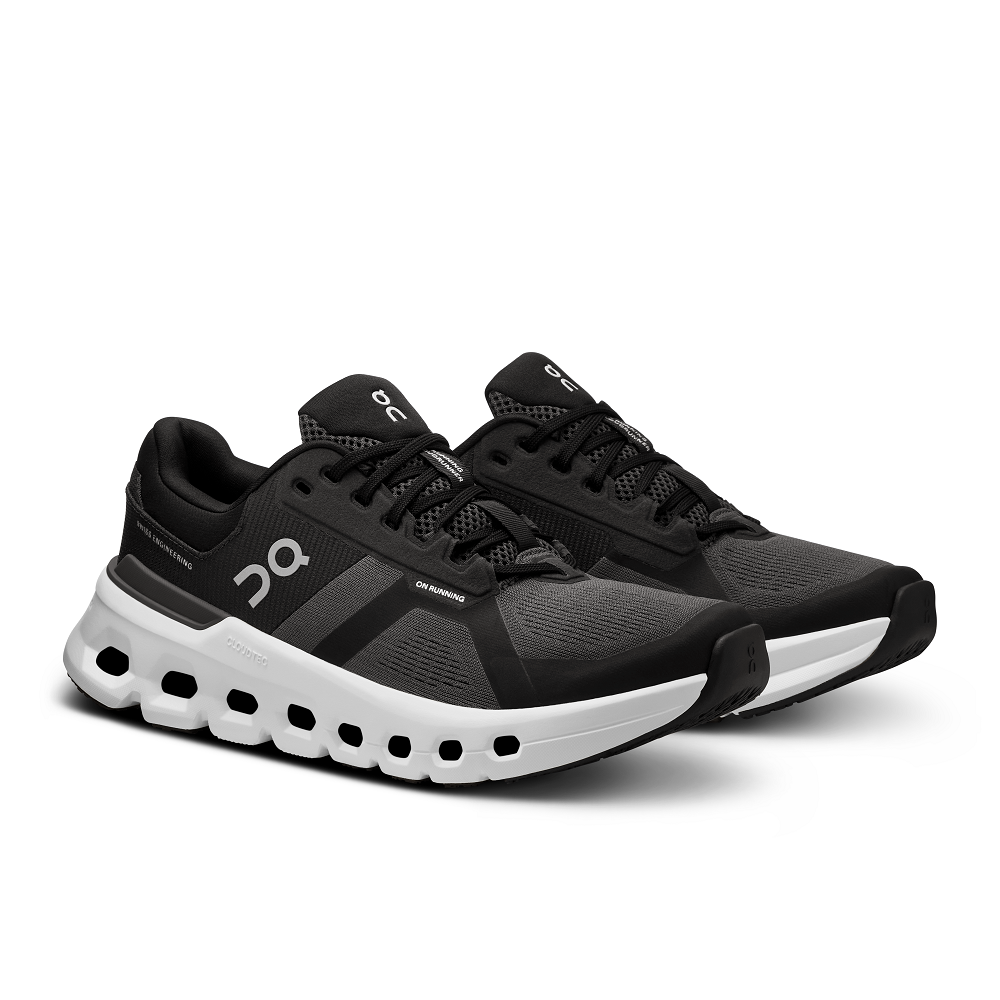
Finding the Right Fit
Measuring Your Foot
Finding the right fit is vital for your comfort and performance in running trail shoes. Start by measuring your foot size, both length and width. It is crucial to take measurements in the evening, as feet can swell throughout the day. Use a measuring tape or ruler to determine the length in inches or centimeters, and assess the width to find the sizing that suits you best.
Keep in mind that different brands may have slightly different sizing charts. Therefore, knowing your measurements can prevent discomfort in the long run. When trying on shoes, consider the fit around the heel and midfoot, as well as the toe box.
Trying on Shoes with Proper Socks
When trying on running trail shoes, wear the same type of running socks you typically use. Proper socks will give you a better sense of how the shoes feel during runs. As you try on different models, pay attention to any pressure points or discomfort.
It is advisable to leave some room in the toe box to account for swelling during runs. A good rule of thumb is to ensure there is about a thumb’s width of space between your longest toe and the end of the shoe. This space will allow your toes to move comfortably while still providing a secure fit.
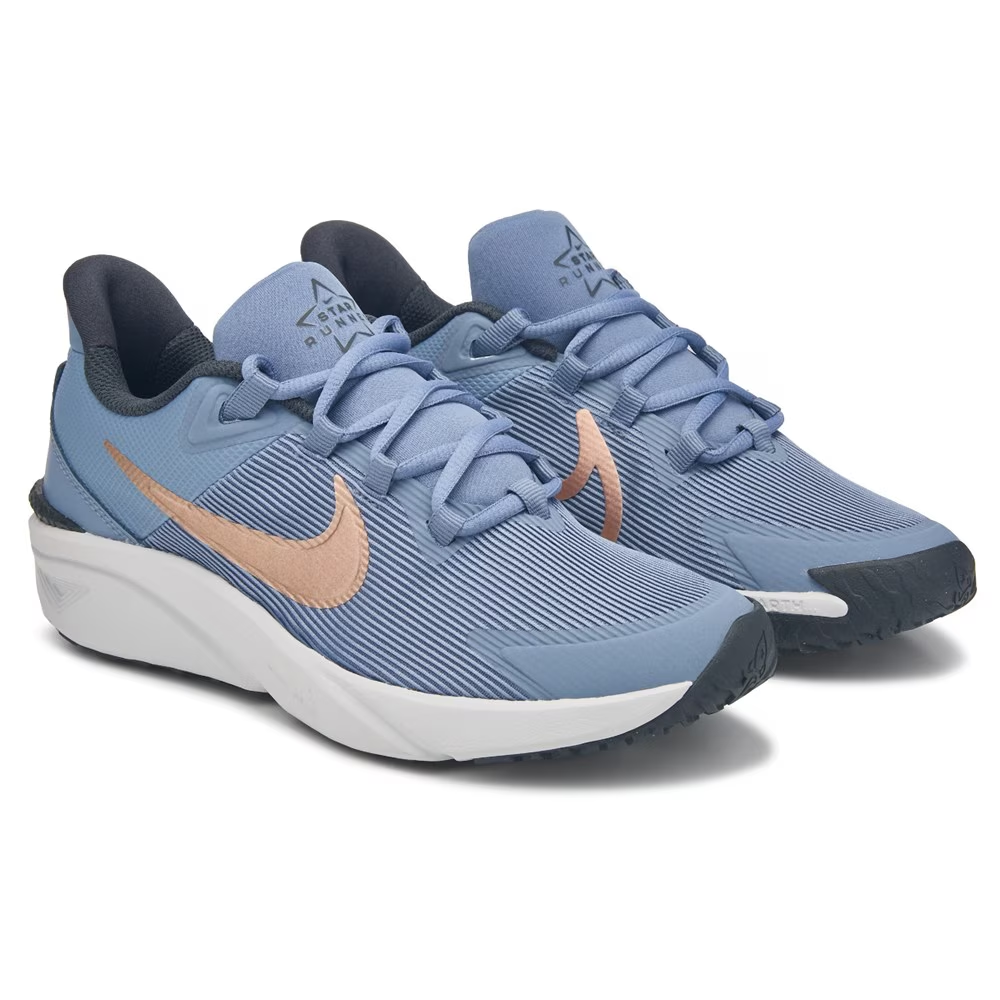
Understanding Different Types of Trails
Technical vs. Non-Technical Trails
Trail running shoes are designed to handle various types of trails, from technical to non-technical terrain. Technical trails feature rocky, steep, and uneven surfaces that require shoes with superior grip and stability. In contrast, non-technical trails often have more level ground, allowing for smoother running.
Understanding the type of trails you will encounter will heavily influence your choice of shoes. If you plan to run primarily on technical terrain, focus on shoes with aggressive lugs and cushioning for shock absorption. Conversely, if you prefer well-maintained paths, lighter shoes with a more flexible design may suffice.
Weather Considerations
Weather conditions also play a significant role when selecting trail running shoes. If you often run in wet or muddy conditions, consider models that feature water-resistant materials and drainage capabilities. These features help keep your feet dry and comfortable while navigating tricky terrains.
On the flip side, if you mainly run in dry, warm weather, lightweight shoes that prioritize breathability will enhance comfort. Mesh uppers can facilitate airflow, keeping your feet cool during long runs. Adapting your footwear to suit weather conditions will dramatically improve your performance as a trail runner.
Maintaining Your Trail Running Shoes
Regular Cleaning
Keeping your running trail shoes clean is essential for maintaining their durability and performance. After each run, remove dirt, mud, and debris that may have accumulated. A soft brush or damp cloth can effectively remove surface dirt without damaging the material.
If your shoes become excessively muddy, consider rinsing them with lukewarm water. Avoid using harsh chemicals that might degrade the shoe materials. Pay special attention to the outsoles, ensuring that no obstruction interferes with traction.
Sunlight and Storage
Proper storage is just as important as regular cleaning. Avoid leaving your running trail shoes in direct sunlight, as UV rays can cause the materials to deteriorate. Instead, store your shoes in a cool, dry area to maintain their integrity.
Using shoe trees can help retain the shape of your shoes and prevent any creasing. Additionally, alternate between multiple pairs of running shoes for maximum longevity. This practice helps the shoes recover after use and can also provide additional comfort options based on the terrain.
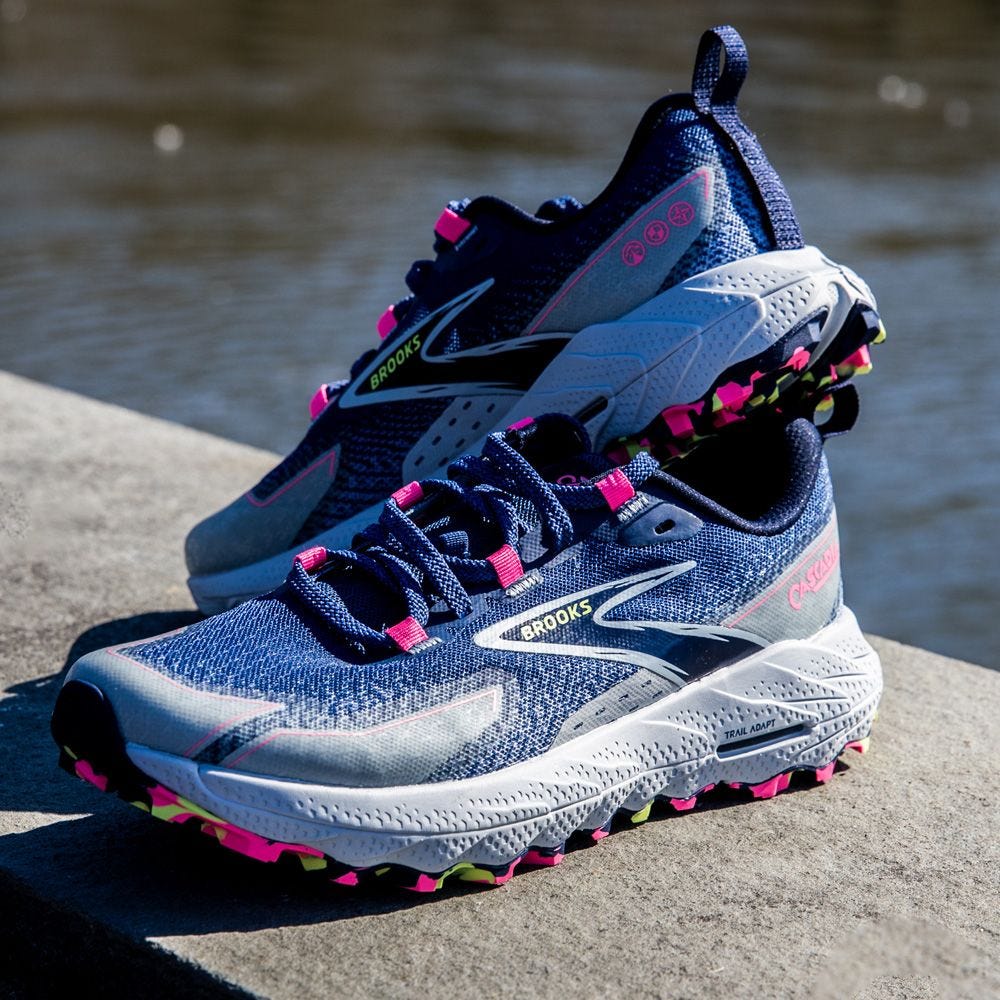
Enhancing Your Trail Running Experience
Investing in Additional Gear
Aside from selecting the right shoes, investing in additional gear can further improve your trail running experience. Consider purchasing moisture-wicking apparel, which helps regulate body temperature during runs. Quality socks designed for trail running provide comfort and reduce the risk of blisters.
Many runners find that using a hydration pack is invaluable during long runs. Staying hydrated is essential for maintaining energy levels, especially when navigating difficult trails. Look for packs that offer built-in reservoirs and pockets for easy access to snacks and essential items.
Joining a Running Community
Lastly, consider joining a local trail running community or group. Finding fellow trail runners can enrich your experience and provide motivation. Participating in group runs allows for shared knowledge, tips, and encouragement, making your outdoor adventures even more enjoyable.
The camaraderie found in these communities can inspire you to tackle new trails and set personal goals. Joining club events or participating in races can enhance your skills while helping you connect with like-minded individuals who share your passion for trail running.
In conclusion, the right pair of running trail shoes is essential for anyone looking to explore nature on foot. Understanding your foot type, selecting appropriate features, and using proper sizing techniques can lead to a successful running experience. By choosing high-quality shoes like the Salomon Speedcross 5 or Brooks Cascadia 15, you can provide your feet with the support they need for an enjoyable outdoor journey. Moreover, maintaining your shoes, understanding different trail types, and investing in additional gear can significantly enhance your experiences on the trails. With the right preparation and equipment, every trail run can become a memorable adventure that combines fitness, exploration, and connection to the great outdoors.
